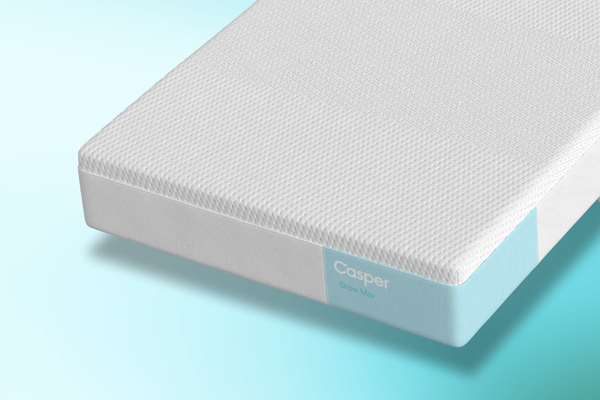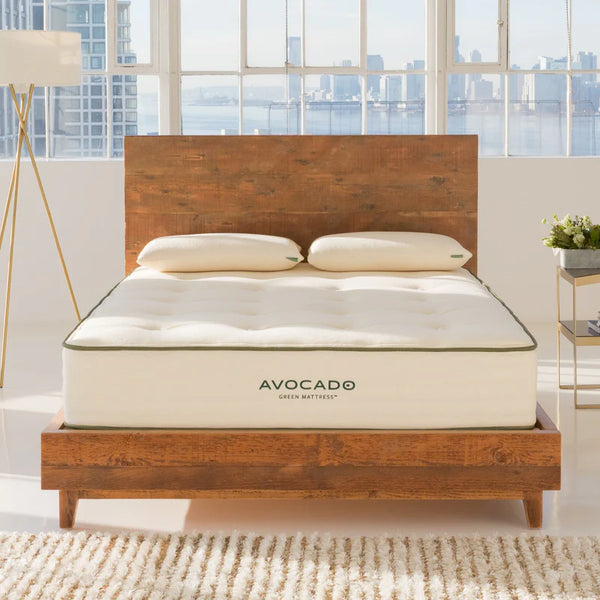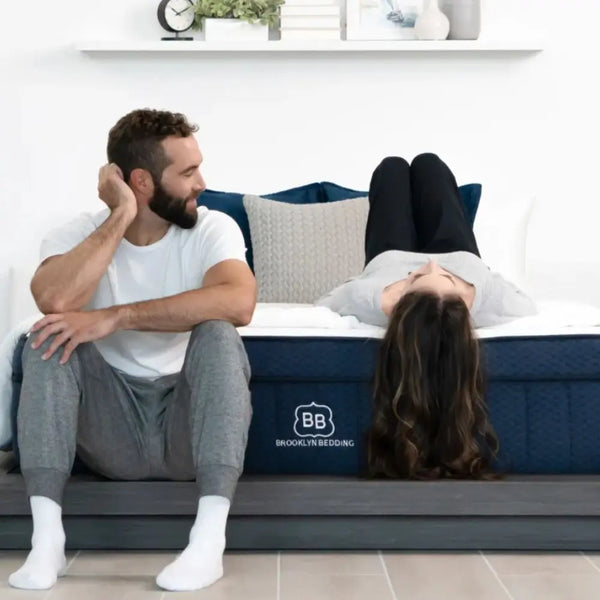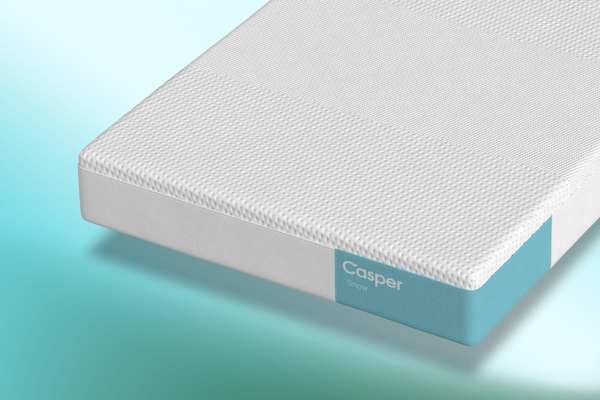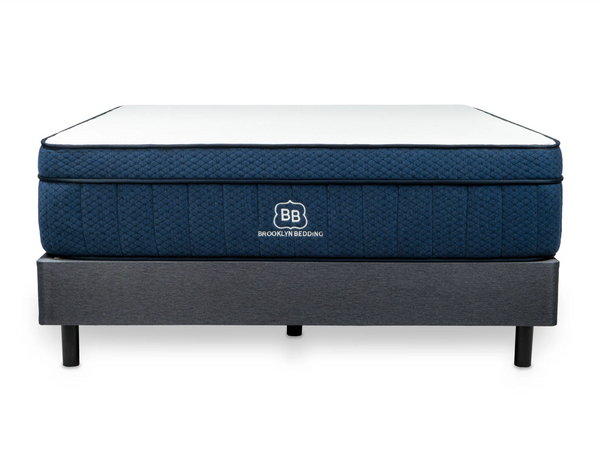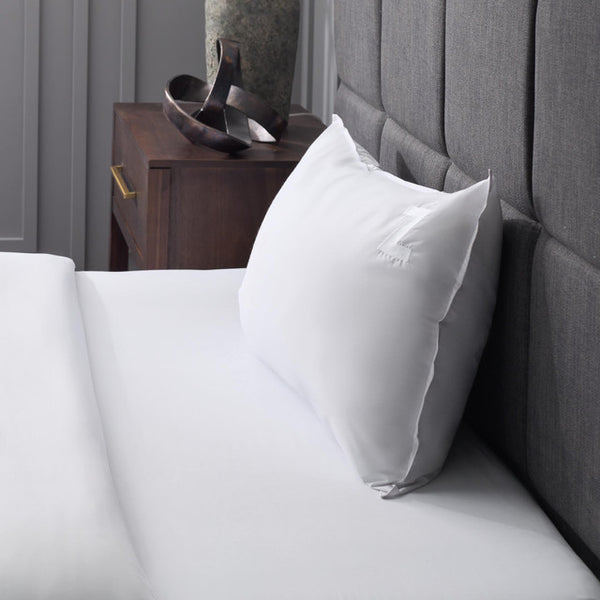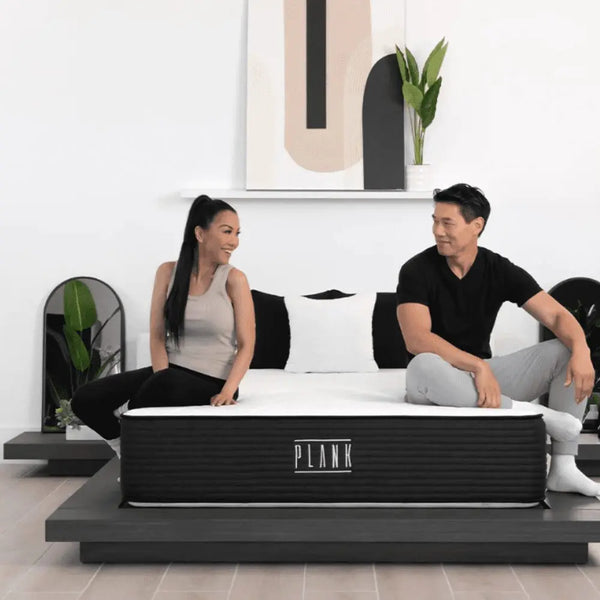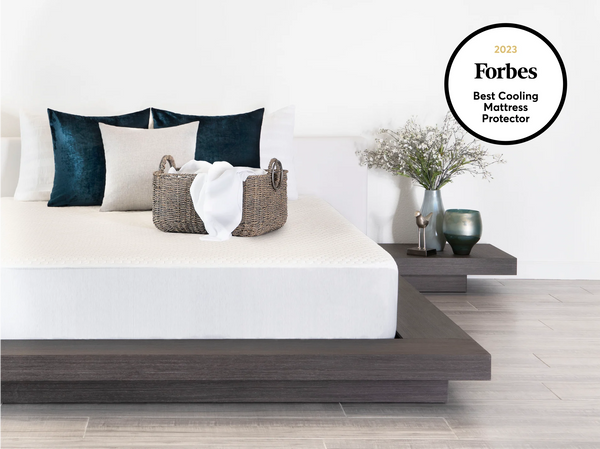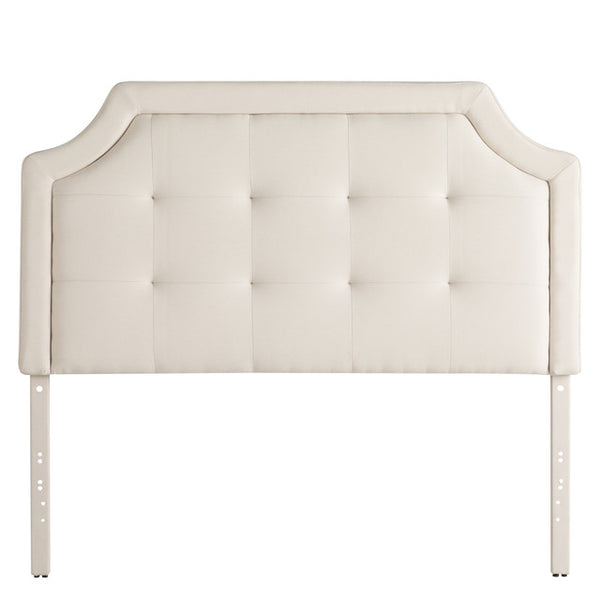
When it comes to selecting the perfect mattress, the options can feel overwhelming. With various materials, firmness levels, and technologies available, how do you know which one is right for you? The key lies in understanding mattress labels. These labels are not merely informative tags; they serve as your guide to making an informed purchase. In this blog post, we'll break down what you need to look for on mattress labels to ensure that you choose a bed that aligns with your sleep preferences and health needs.
The Importance of Mattress Labels
Mattress labels provide essential information about the product, ensuring that consumers can make educated decisions. Here are a few reasons why they matter:
- Material Transparency: Understanding the materials used in your mattress can help you avoid allergens and determine comfort.
- Durability Insights: Some materials provide longer-lasting comfort and support than others.
- Warranty Information: Knowing the warranty terms can guide you in making a sustainable purchase.
- Safety Standards: Labels often include certifications that indicate whether a product meets safety regulations.
Key Terms Found on Mattress Labels
When you peel away the plastic cover on a new mattress, the first thing you may notice is the label. It often looks technical and may seem like a jumble of jargon. Let’s decode some of the common terms you might find:
Comfort Level
This section will tell you whether the mattress is soft, medium, or firm. Different sleep positions require different levels of support. Side sleepers often benefit from softer mattresses that provide cushioning for the shoulders and hips, while back and stomach sleepers typically prefer firmer options for crucial lumbar support.
Material Composition
Most labels will detail the materials used, such as:
- Memory Foam: Known for its contouring properties and pressure relief.
- Latex: Offers responsiveness and durability, and is often hypoallergenic.
- Innerspring: Traditional support with coils; great for bounce and airflow.
- Hybrid: A combination of foam and innerspring for balanced comfort.
Certifications
Many mattresses will carry certifications from recognized bodies like CertiPUR-US or GREENGUARD. These certifications can provide peace of mind regarding the safety and quality of materials, particularly for those sensitive to chemicals.
Made In and Warranty Information
Look for where the mattress is manufactured. This can affect the quality and craftsmanship. The warranty section will often indicate coverage—most companies offer warranties lasting 10 to 20 years.
Checking for Health and Environmental Standards
With growing concerns about health and sustainability, selecting a mattress that meets recognized environmental standards is more important than ever. Keep an eye out for:
- Non-Toxic Materials: Ensure the mattress is free from harmful chemicals such as formaldehyde.
- Eco-Friendly Labels: Certifications that denote sustainable sourcing and production practices.
Understanding the Price Tag
The price of a mattress can vary significantly depending on the materials and technology employed. While a higher price doesn’t always guarantee better quality, it often reflects better materials and more advanced manufacturing processes. Here's what to consider when interpreting the price:
- Material Quality: Higher-end mattresses typically use superior materials that last longer.
- Brand Reputation: Established brands generally provide reliable products and customer service.
- Return Policies: Good return policies may slightly inflate the price but offer important peace of mind.
The Role of Firmness in Sleep Quality
Firmness levels are a crucial factor in sleep quality. A mattress that doesn’t align with your unique sleep position and body weight can lead to discomfort and poor sleep. Different firmness levels cater to different body types:
- Soft (<3 on a scale of 1-10): Ideal for side sleepers and those needing pressure relief.
- Medium (5-7): Good for back sleepers needing a balance of softness and support.
- Firm (>7): Recommended for stomach sleepers and heavier individuals requiring extra support.
Trial Periods and Return Policies
No mattress is perfect for everyone right off the bat, so look for companies that offer a trial period. A 100-night sleep trial is quite common and allows you to get a feel for your mattress before fully committing. Be sure to read the fine print about return policies:
- Return Fees: Inquire about any possible fees associated with returns.
- Condition Requirements: Understand what condition your mattress needs to be in for a return.
- Exchange Options: Some retailers offer exchanges rather than refunds.
Deciphering Sleep Quality Ratings
Some brands incorporate sleep quality ratings on their labels based on customer feedback or in-house studies. While these ratings can provide insight into user satisfaction, relying solely on them may not yield a complete picture. Consider them as a guideline rather than an absolute measure of quality.
Frequently Asked Questions
What should I look for on a mattress label?
Look for information on firmness, materials, warranty, certifications, and important health and safety standards.
Can I trust the certifications mentioned on the label?
Most reputable certifications are backed by organizations that assess products based on stringent safety and environmental guidelines. Look for renowned certifying bodies.
Why do prices vary so much between mattresses?
The price can depend on quality, brand reputation, production methods, and materials used. Higher-quality materials often come with a higher price tag but offer longer durability and comfort.
Your Next Steps to a Good Night’s Sleep
With the information in this blog, you should feel empowered to thoroughly examine mattress labels before making a purchase. Understanding the terminology will help you select a mattress that meets your individual needs, ensuring that each night spent in bed becomes a restorative retreat. Always take the time to validate what a mattress offers against your personal preferences, sleeping style, and potential health concerns.
Now that you have the tips to decode mattress labels, you're one step closer to investing in a better night's sleep. The perfect mattress is out there waiting for you, so go ahead, snag that blissful sleep oasis that matches your requirements and never look back!

